Watering Cactus Plants
Watering cactus plants might seem simple, but getting it right is crucial for their health and growth. Many new plant owners struggle with this task, often overdoing it. Water your cactus only when the soil is completely dry, which typically means every 1-2 weeks during spring and summer growing seasons and less frequently during fall and winter.
Your cactus has adapted to survive in harsh desert conditions where water is scarce. This means they store water efficiently and don’t need frequent watering like other houseplants.
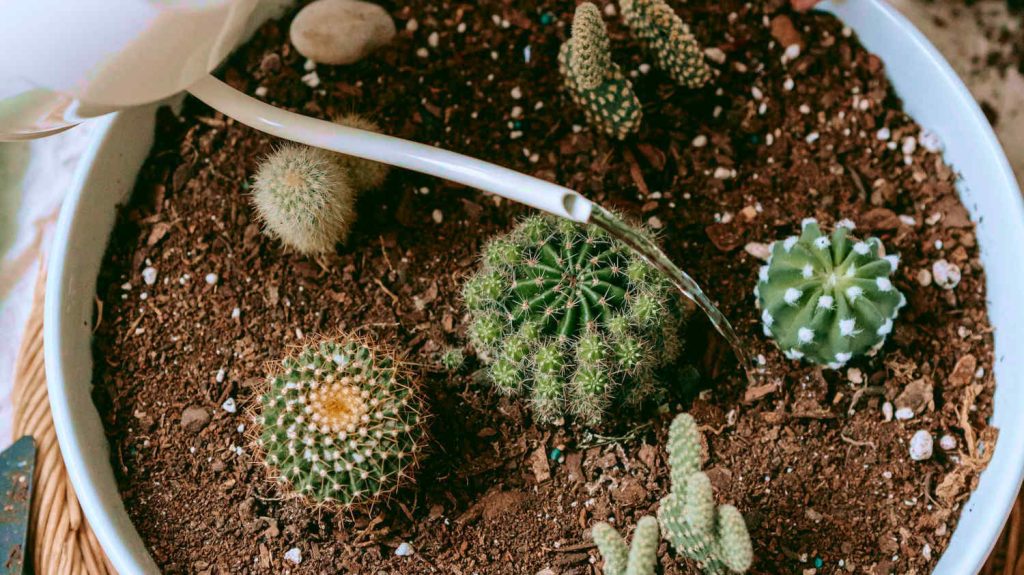
Overwatering is the most common killer of indoor cacti. When you do water, do it thoroughly—until water flows from the drainage holes—then allow the soil to dry completely before the next watering. During cooler months, reduce watering significantly as cacti enter a dormant period when they need minimal moisture.
Key Takeaways
- Water cacti only when the soil is completely dry, generally every 1-2 weeks in growing season and less in winter.
- Overwatering causes more cactus deaths than underwatering, so err on the side of less frequent watering.
- Indoor cacti need different care than outdoor ones, with attention to pot drainage, soil type, and seasonal growth patterns.
Understanding Cacti

Cacti are remarkable desert plants that have evolved special adaptations to survive in harsh, dry environments. These plants have fascinating features that make them uniquely suited for water conservation.
Distinctive Traits of Cacti
Cacti have several key characteristics that set them apart from other plants. Most cacti have thick, fleshy stems that store water during drought periods. Their leaves have evolved into spines, which reduce water loss and protect the plant from predators.
The surface of cacti is covered with a waxy coating that further prevents water evaporation. Their extensive, shallow root systems can quickly absorb water when it rains. Most cacti also have pleated stems that can expand when storing water and contract during dry periods.
The iconic spines aren’t just for defense, they also provide some shade to the plant and help collect moisture from fog or dew. Many cacti also have specialized structures called areoles, which are the circular, oval, or even dimorphic in shape, from which spines, flowers, and new growth emerge.
Cacti vs. Other Succulents
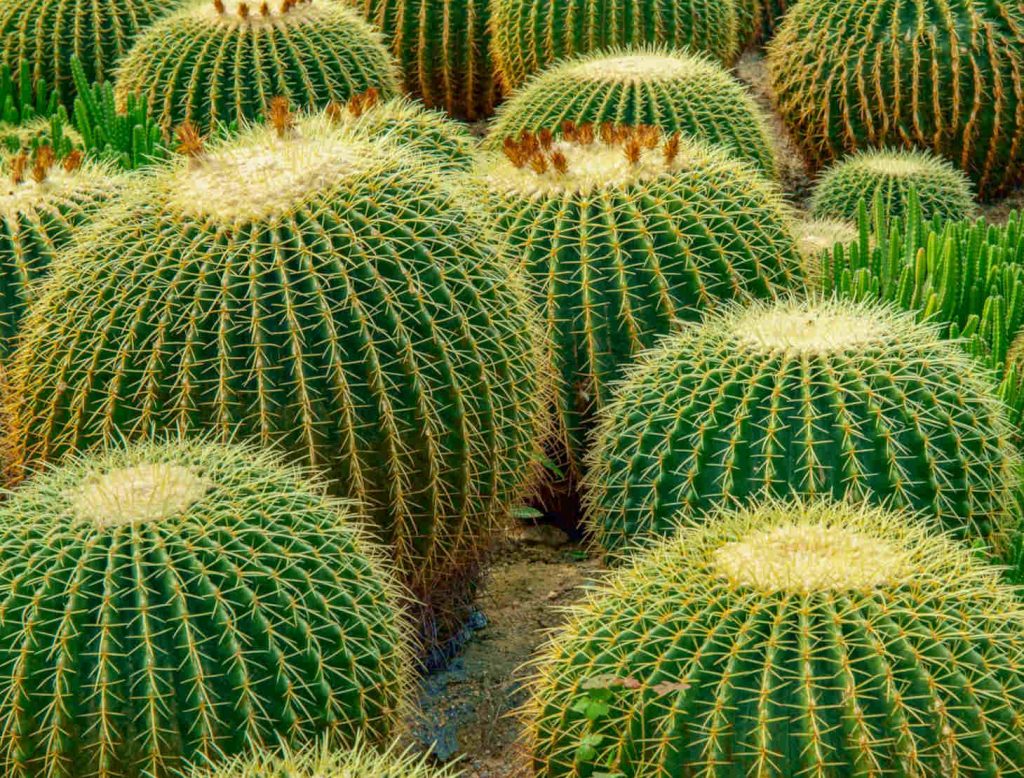
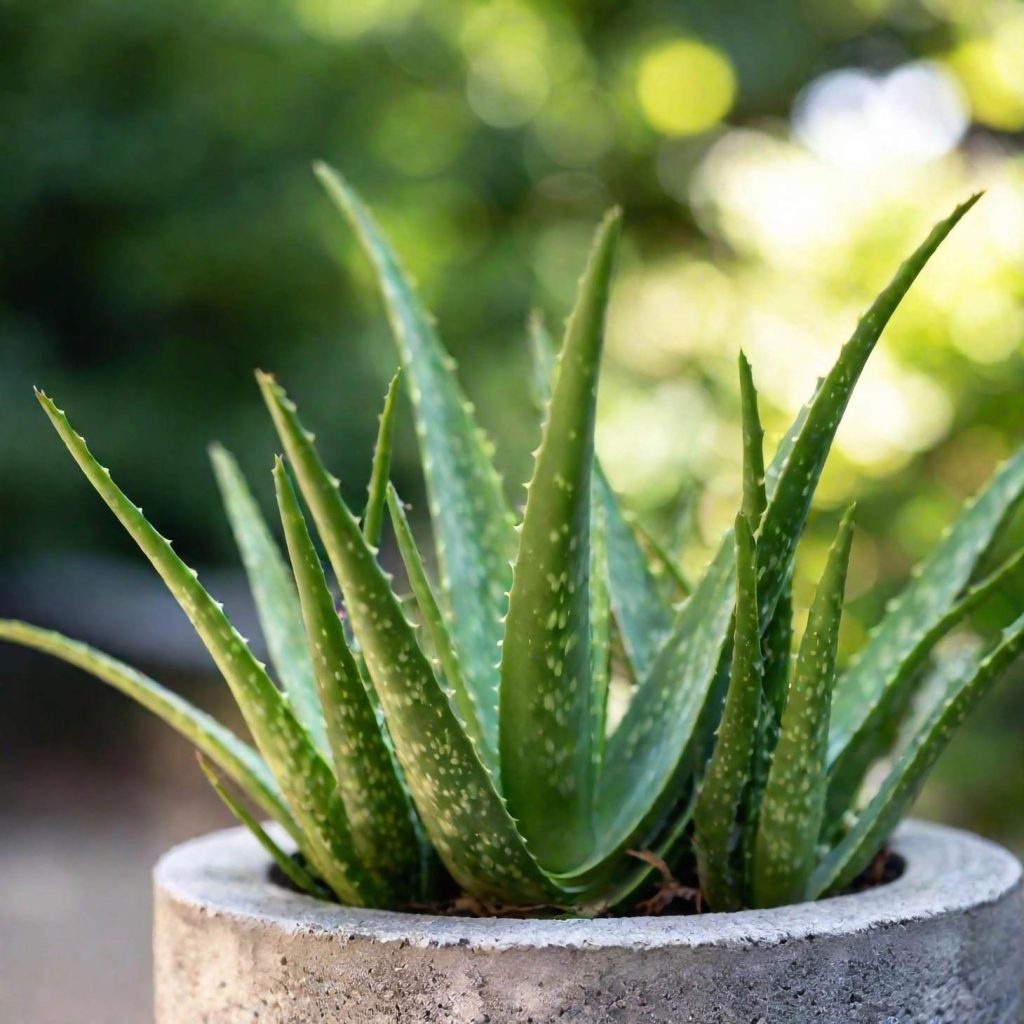
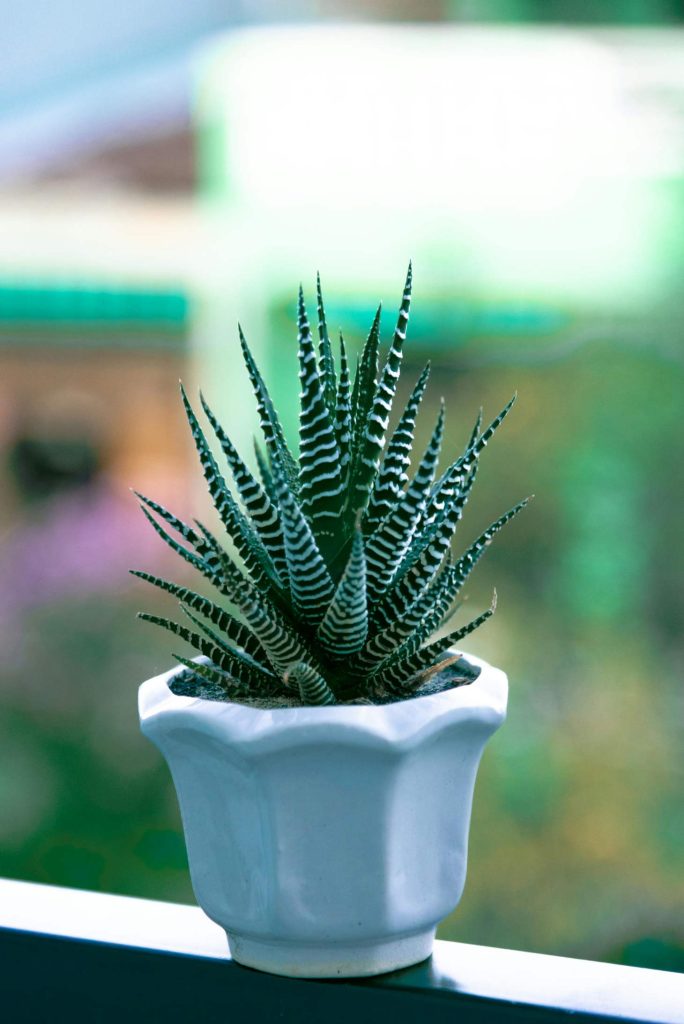
While all cacti are succulents, not all succulents are cacti. The main difference is that cacti have areoles, while other succulents don’t. Succulents like aloe and haworthia have fleshy leaves where they store water, while cacti typically store water in their stems.
Euphorbia plants often look remarkably similar to cacti and are frequently confused with them. However, euphorbias produce a toxic, milky sap when cut, which cacti do not. Many euphorbias also have small, short-lived leaves, unlike the spine-only approach of true cacti.
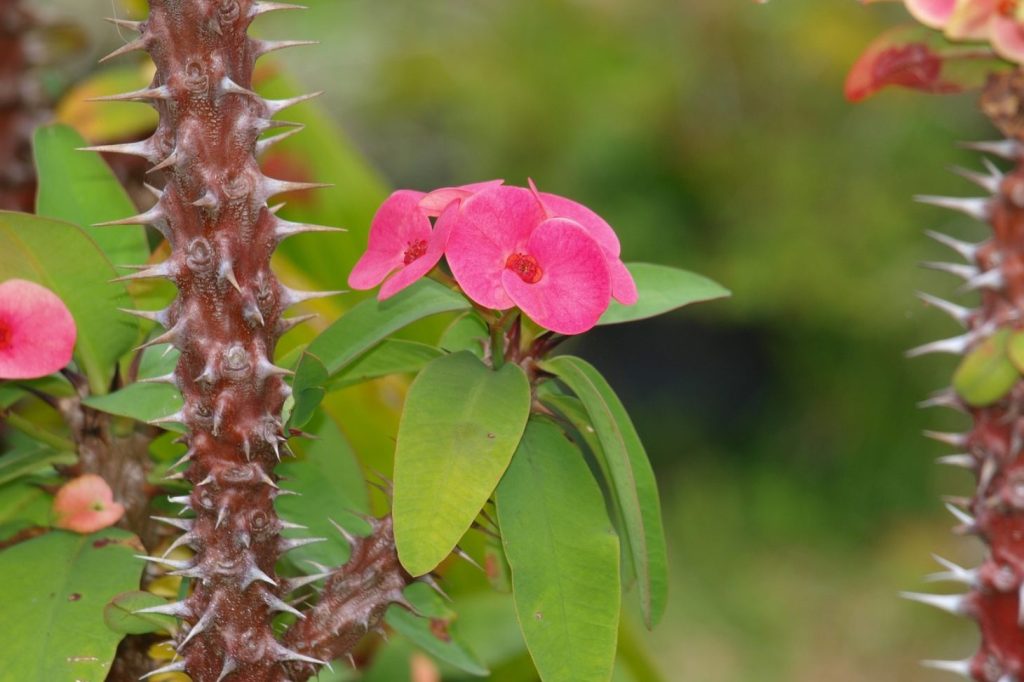
Most non-cactus succulents have different watering needs than cacti. They often require more frequent watering and less intense sunlight. While cacti are mostly found naturally in the Americas, other succulents are native to various regions worldwide, including Africa and Asia.
Watering Fundamentals
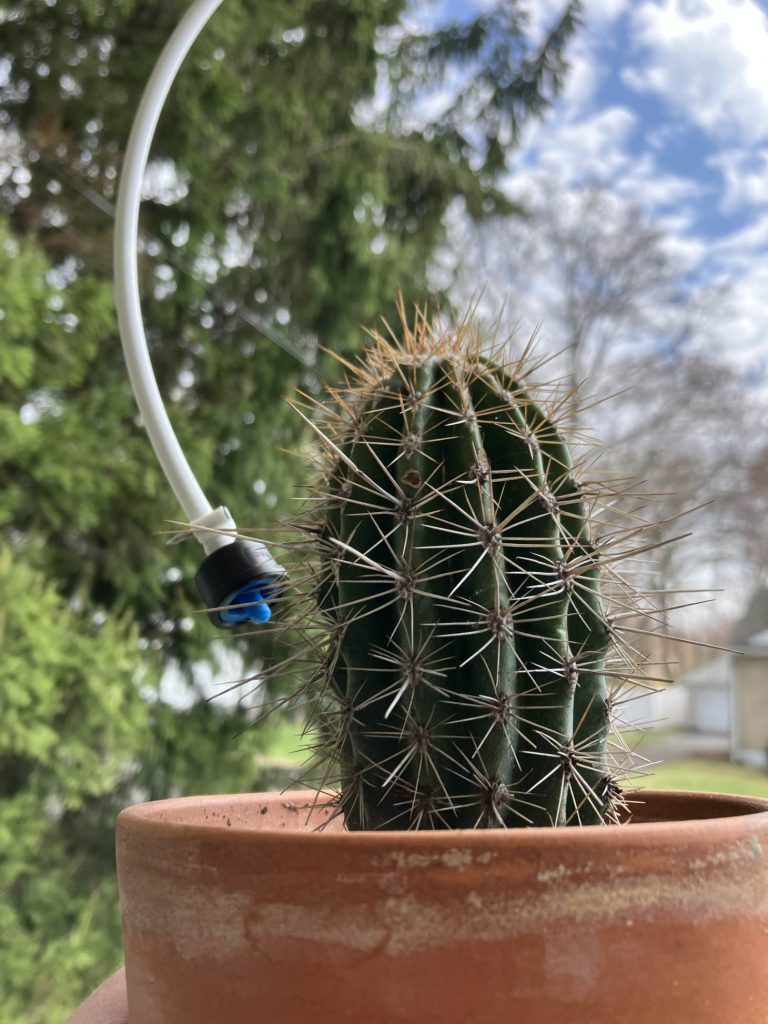
Understanding how to water cacti properly is essential for their survival. The right balance of moisture keeps these desert plants thriving while avoiding common problems that can lead to plant decline.
Signs of Proper Hydration
A properly hydrated cactus displays firm, plump tissue with vibrant color. The plant should maintain its natural shape without shriveling or swelling unnaturally.
After watering, you’ll notice the soil becomes completely dry before the next watering session. This dry period is normal and healthy for cacti.
Growth during spring and summer indicates your watering routine is working well. New segments, buds, or flowers suggest the plant is receiving adequate moisture to support its development.
The spines remain firm and evenly colored when hydration is appropriate. You might also observe a slight plumping of the cactus body after watering, which gradually returns to normal as the soil dries.
Consequences of Overwatering
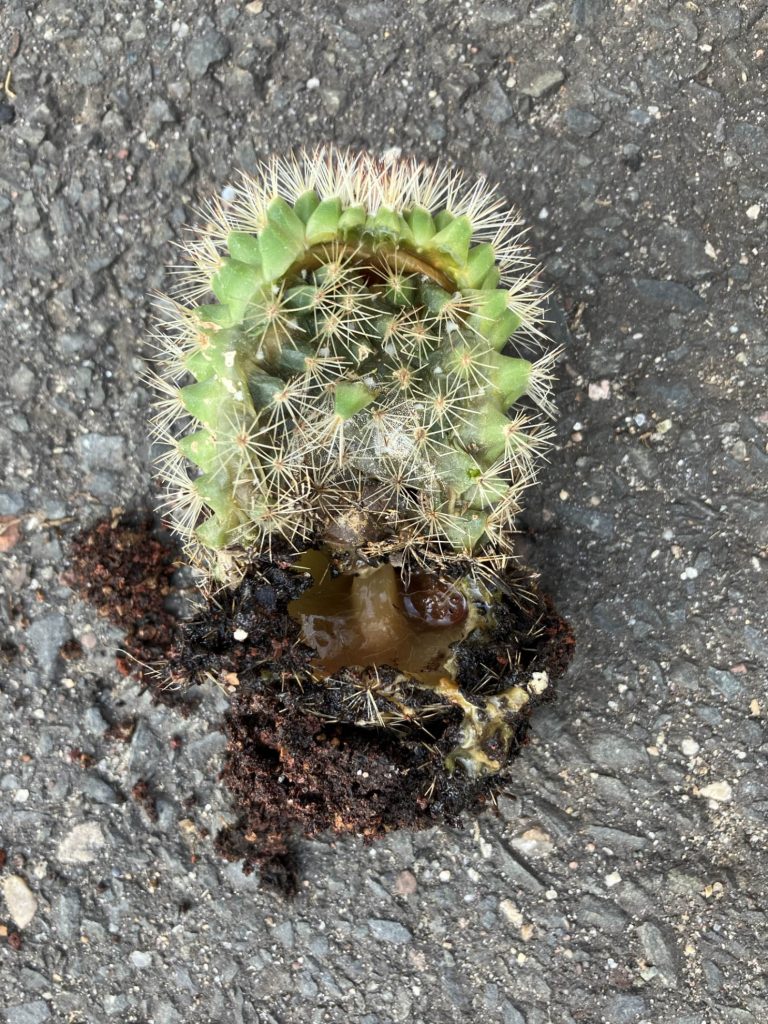
Overwatering is the most common cause of cactus death. When soil remains constantly wet, roots suffocate and rot because they cannot access oxygen.
Early signs include yellowing or transparency in the cactus body. The plant may appear bloated or unusually soft when touched. These symptoms indicate the plant is holding excess water.
Root rot develops quickly in overwatered conditions. The roots turn brown or black and feel mushy instead of firm. This damage can spread upward, causing collapse of the entire plant.
Fungal infections often follow overwatering. You might notice black or brown spots on the cactus surface. These infections are difficult to treat once established.
To prevent overwatering, always ensure your pot has drainage holes and use well-draining soil specifically formulated for cacti.
Consequences of Underwatering
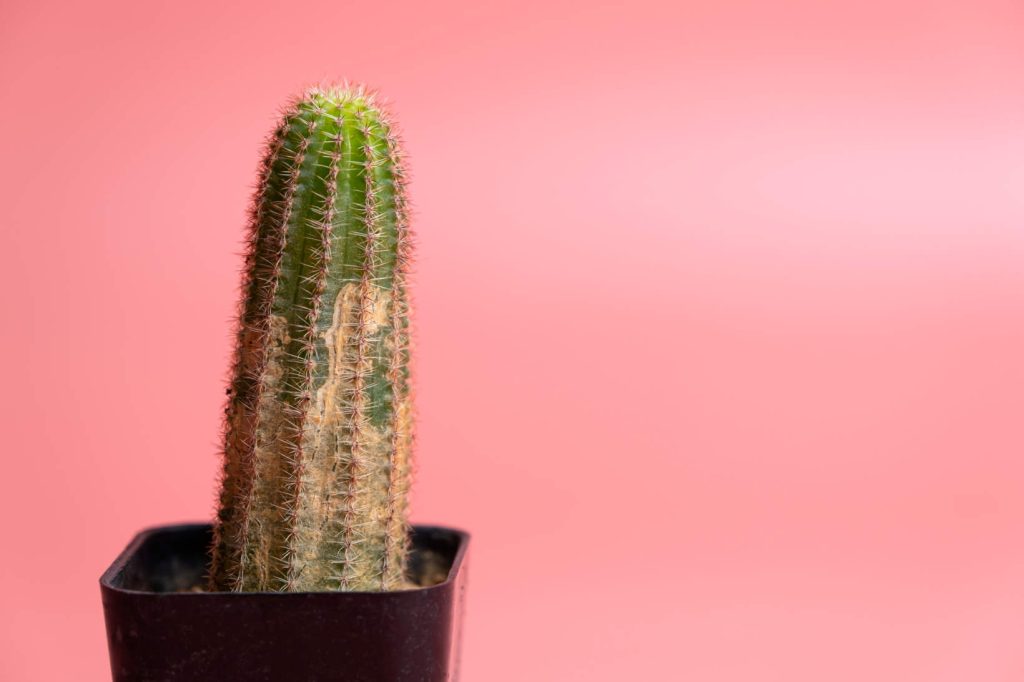
Underwatered cacti show distinct stress signals that shouldn’t be ignored. The plant may appear shrunken, wrinkled, or puckered as it uses stored water reserves.
The cactus might take on a dull, faded appearance rather than its usual vibrant color. Growth slows significantly or stops completely when moisture is insufficient.
Tips of spines may dry out or brown first, followed by patches of dry tissue on the plant body. These dry areas can become entry points for pests and diseases.
In severe cases, the plant becomes dehydrated to the point where recovery is difficult. The cactus might develop corky, hardened areas that won’t return to normal even after proper watering resumes.
Despite their drought tolerance, cacti still need regular watering during their growing season. For most varieties, this means once every 1-2 weeks in spring and summer.
Frequently Asked Questions
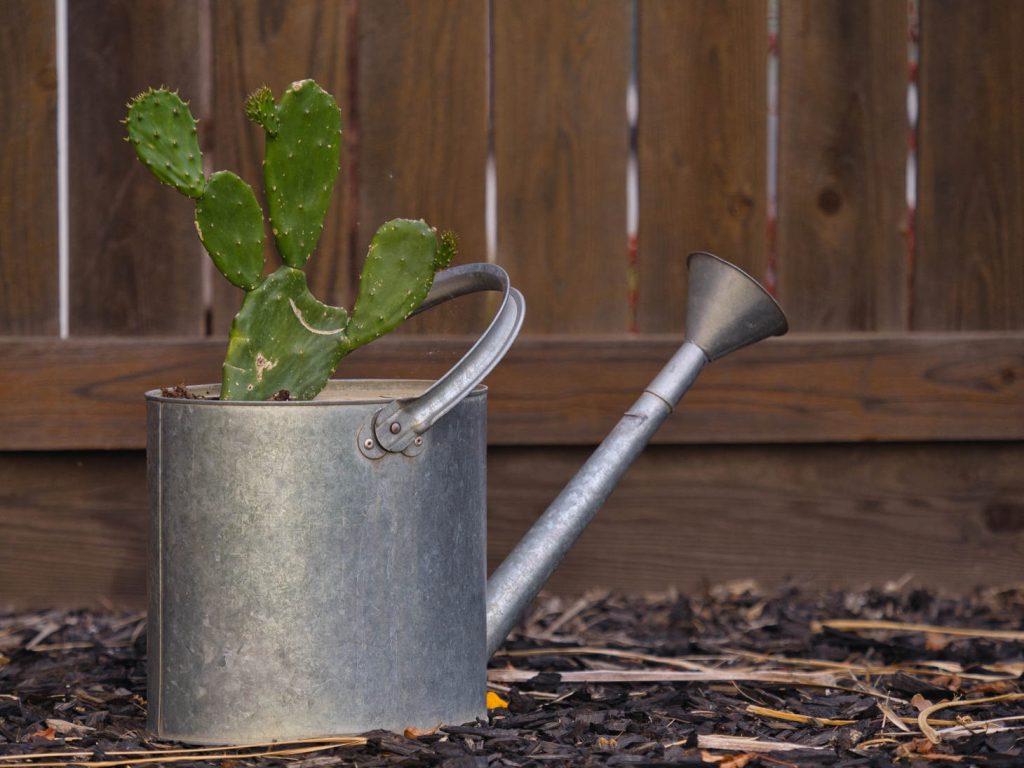
Many cactus owners struggle with proper watering techniques. Below are answers to common questions that can help you maintain healthy cacti in different environments and seasons.
How frequently should indoor cacti be watered?
Indoor cacti should only be watered when the soil is completely dry. During warm seasons (spring and summer), this typically means watering every 1-2 weeks.
In cooler months, reduce watering to once every 4-6 weeks. The specific frequency depends on your home’s temperature, humidity, and the pot size.
Always check the soil moisture before watering. Insert your finger about an inch into the soil—if it feels dry, it’s time to water.
Should irrigation for cacti be applied at the base or the top?
If using an irrigation system (drip system) your cacti will be watered from the top, allowing water to flow through the soil and drain out the bottom. This method ensures the roots receive moisture while preventing water from pooling on the soil’s surface. Because the drips of water are slowly released over time, your plant will never be sitting in a puddle of water. Drip irrigation is not especially needed for your typical plants unless you have a massive collection to tend to.
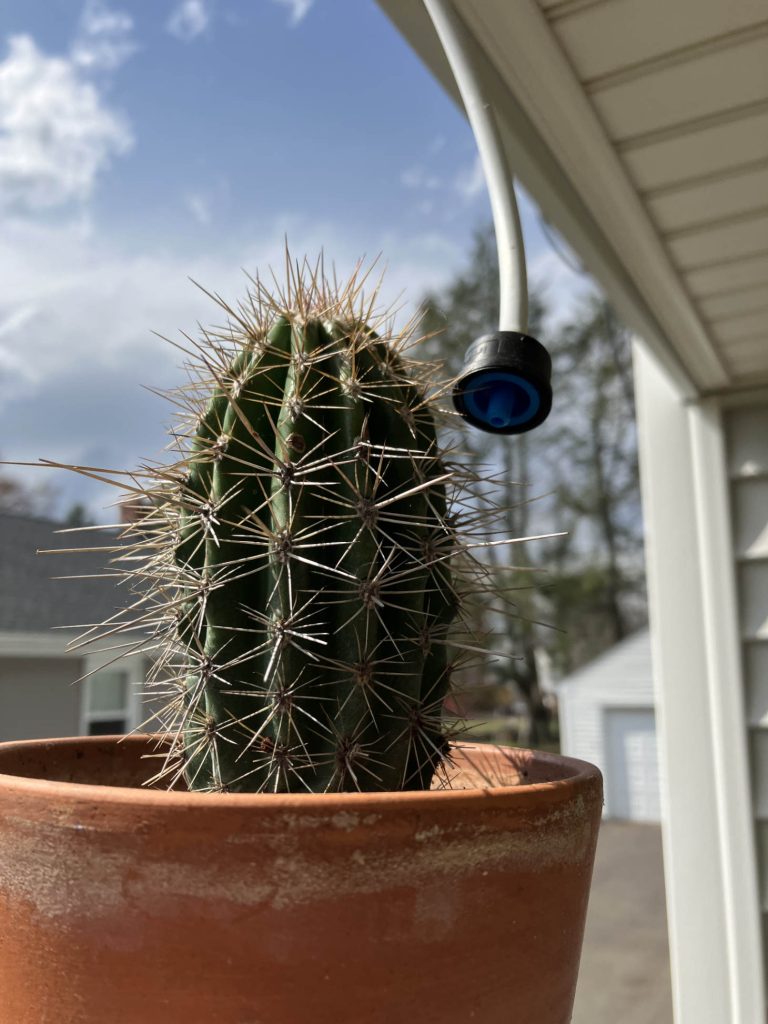
For small pots, bottom watering is also effective and most practical for a small collection of cactus plants. Place the pot in a container with 1-2 inches of water for 15 minutes, then remove it and let excess water drain completely.

Never spray water directly onto the cactus body as this can cause rot and fungal issues.
What are the watering requirements for cacti in a desert environment?
Desert cacti are adapted to infrequent but deep watering. In their natural habitat, they might go weeks or months without water, then receive a heavy rainfall.
For outdoor desert cacti, water deeply but only when the soil has been completely dry for at least a week. During summer, this might mean watering every 10-14 days.
In winter, desert cacti often go dormant and require almost no supplemental water unless conditions are extremely dry for extended periods.
How can one identify symptoms of overwatering in cacti?
Overwatered cacti typically show yellowing or translucent patches on their skin. The plant may appear swollen, soft, or mushy to the touch.
Black or brown spots that feel soft indicate rot has begun. If the base of the cactus turns dark and soft, root rot is likely present.
An overwatered cactus might also develop a foul smell. If you notice any of these signs, immediately stop watering and check the roots for damage.
How does a dehydrated cactus appear?
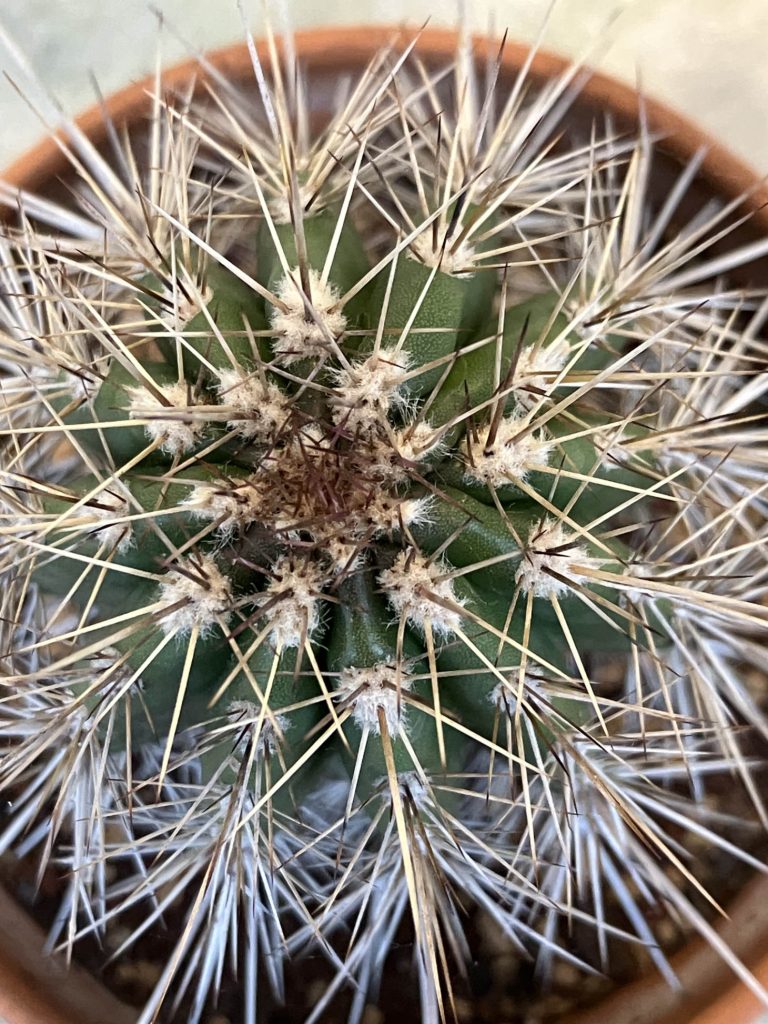
A dehydrated cactus often appears shriveled, wrinkled, or puckered. The plant may take on a dull, grayish hue instead of its normal vibrant color.
The cactus might begin to lean or look deflated as it uses internal water reserves. Growth will slow or stop completely.
In severe cases, the tips may brown and dry out. These symptoms indicate the cactus needs water, but recovery is usually possible with proper care.
What are the winter watering guidelines for cacti?
During winter, most cacti enter a dormant phase and require minimal water. Reduce watering to once every 4-6 weeks or even less for desert varieties.
Allow the soil to dry completely between waterings to prevent dehydration. Water only on sunny days and earlier in the day to allow any moisture on the plant to dry before cold night temperatures.
Indoor cacti in heated homes may need slightly more frequent watering than those kept in cooler areas. Always check soil dryness before watering, regardless of season.

